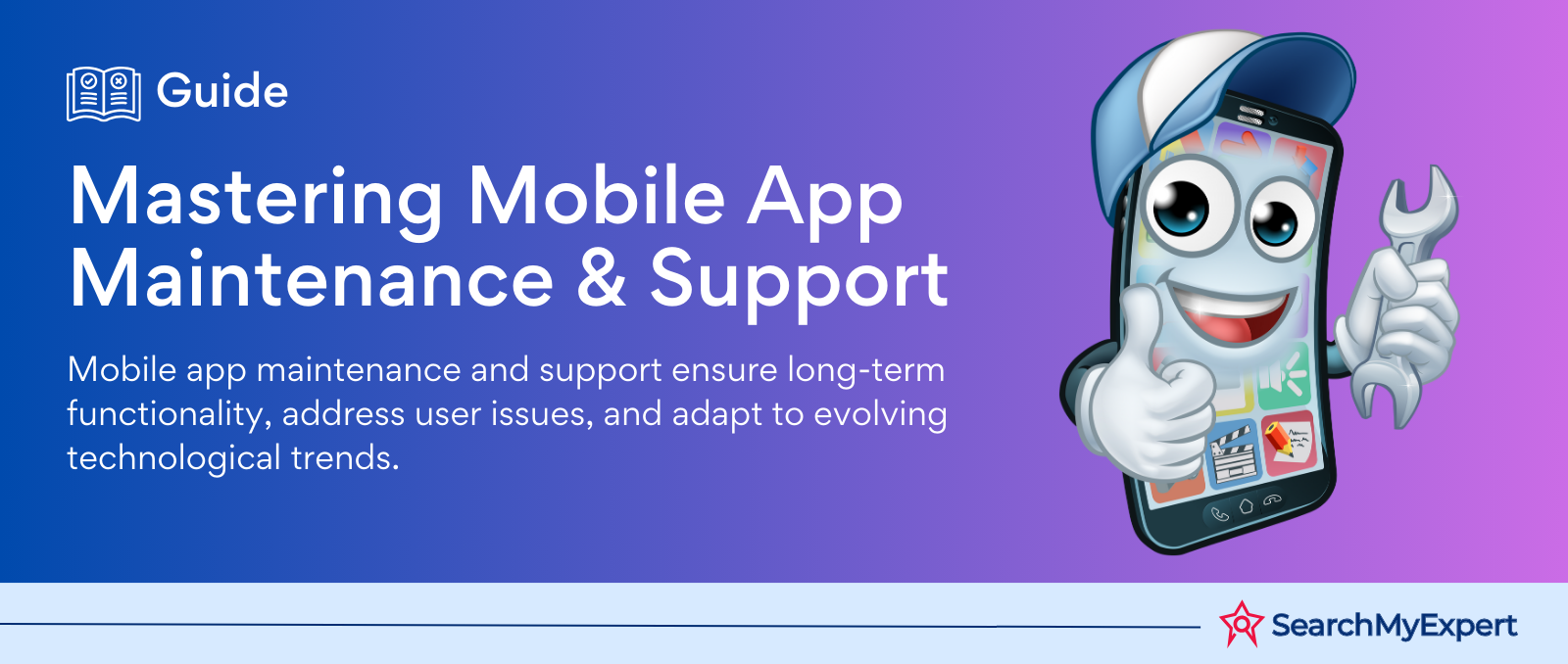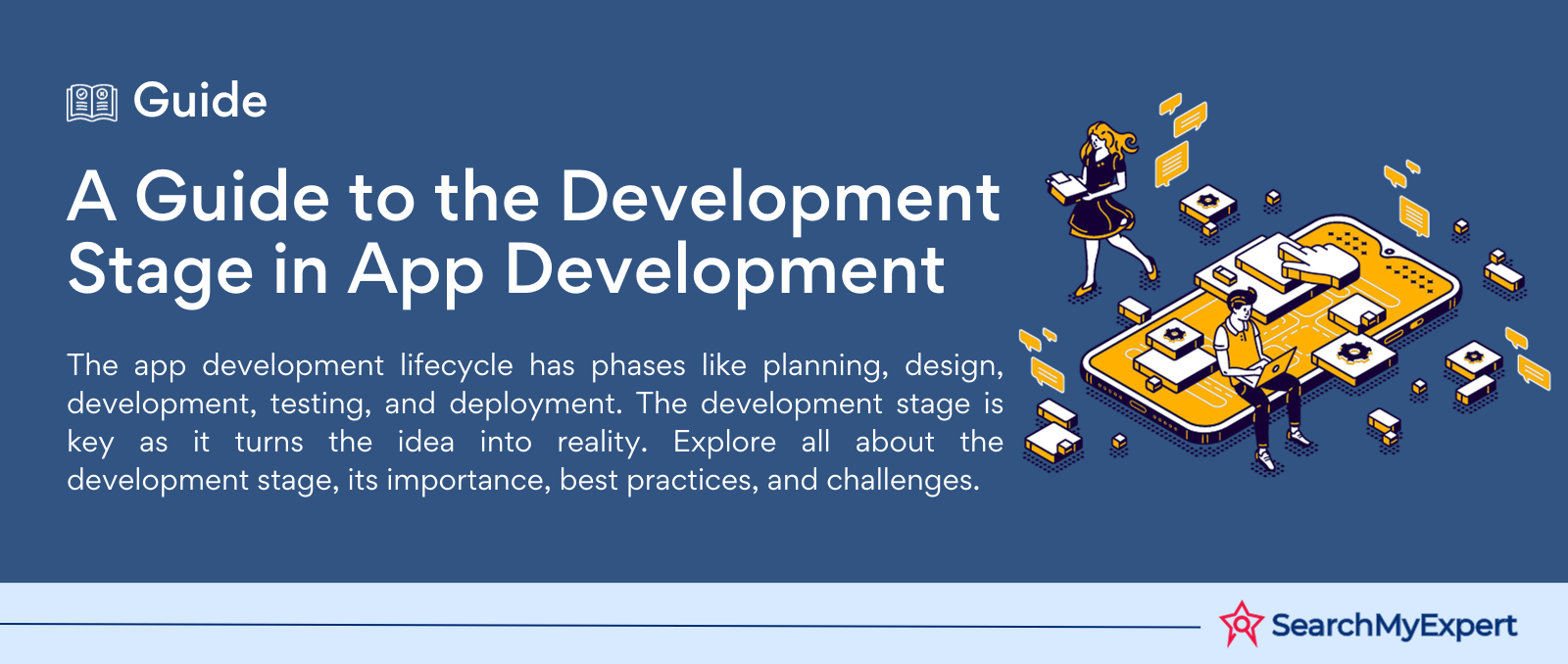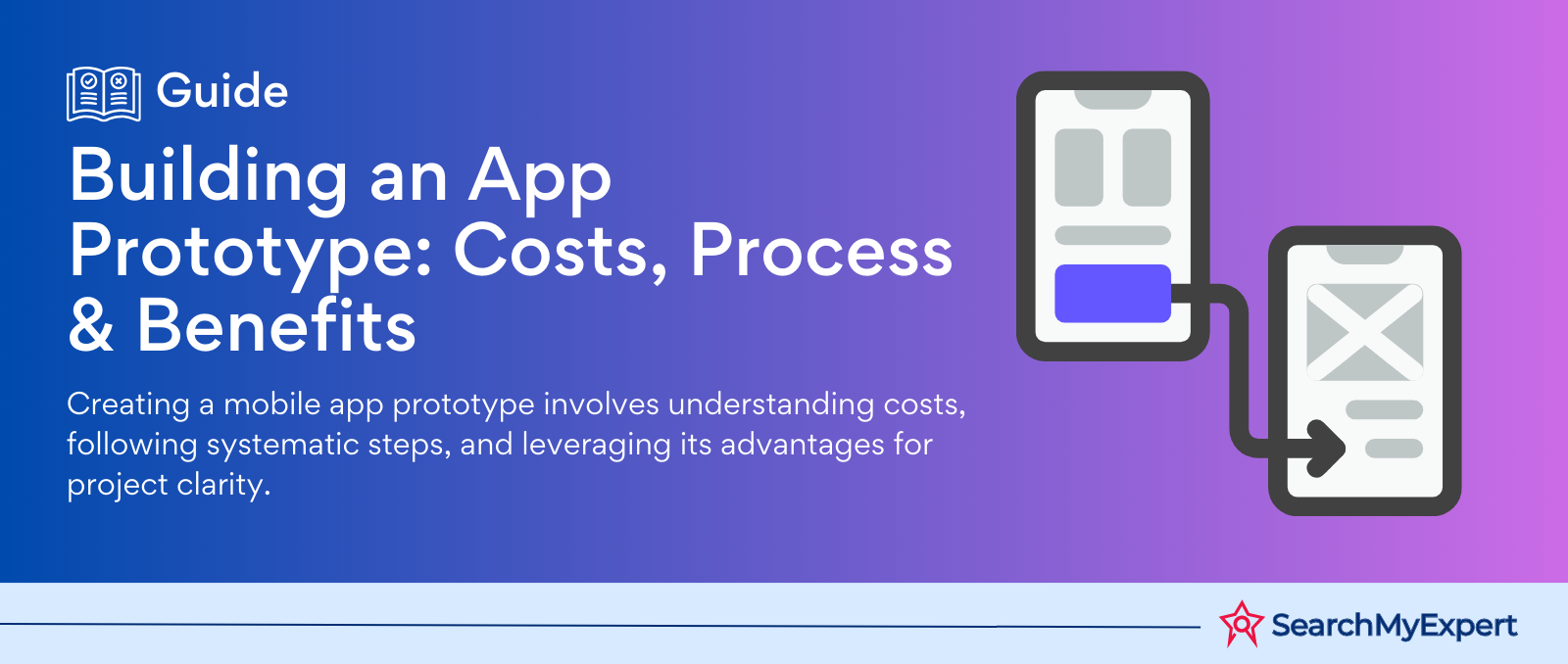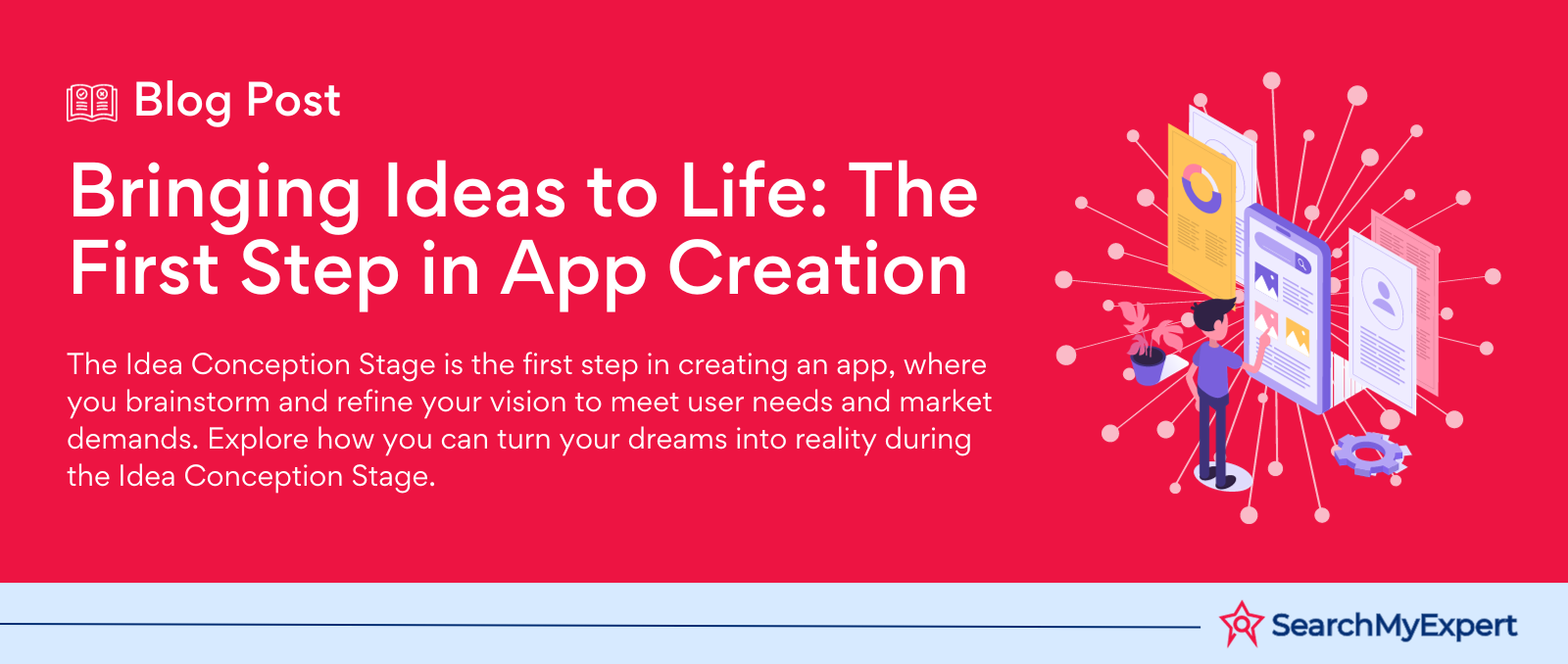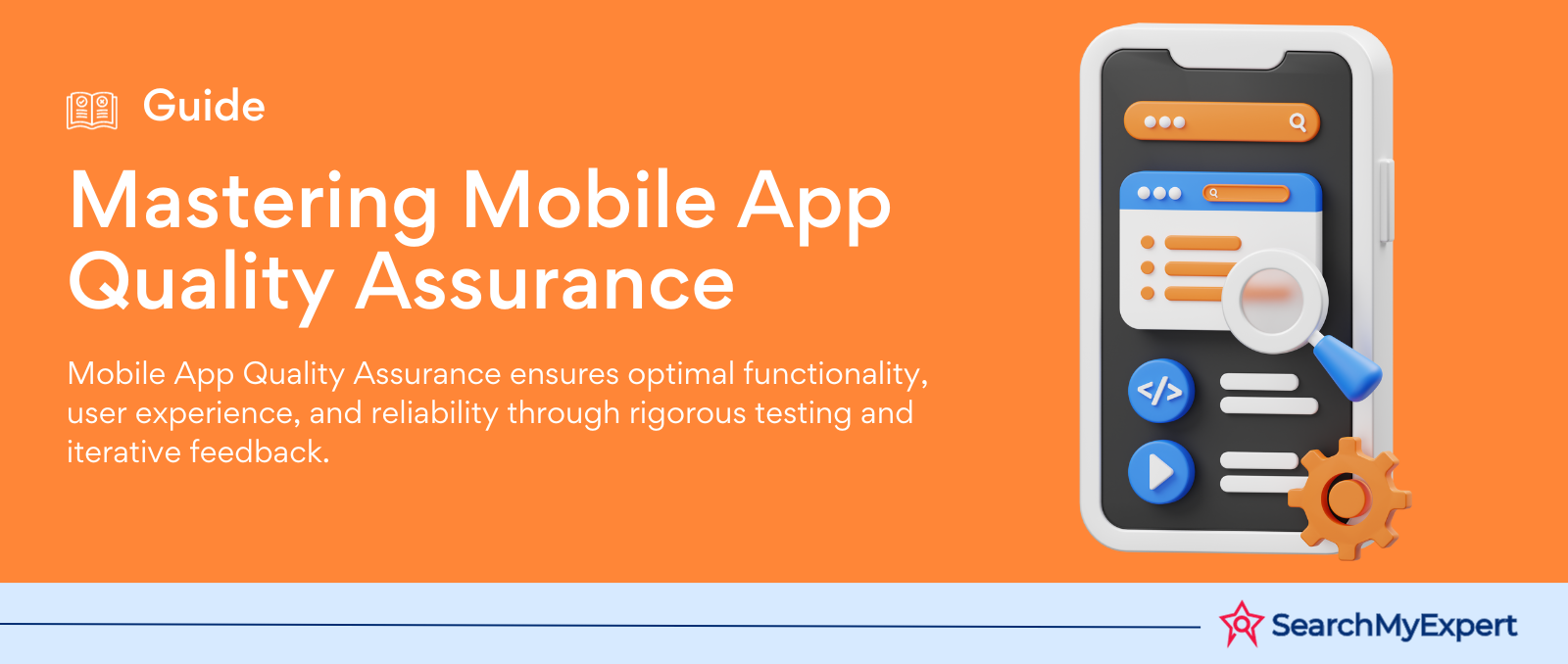Advantages of API Integration in Mobile App Development

API Integration in Mobile App Development
Mobile apps have become an integral part of our daily lives, and their development is a dynamic field that constantly evolves with technological advancements. One of the pivotal elements that has revolutionized mobile app development is the integration of Application Programming Interfaces (APIs). Let's delve into the myriad benefits of API integration in mobile app development, understand its types, and address the challenges it presents.
Understanding the Role of APIs in Mobile Apps
APIs act as the bridge between different software applications, allowing them to communicate and share data seamlessly. Think of an API as a waiter in a restaurant. You, the customer, request a dish, and the waiter (API) communicates your order to the kitchen (another software) and brings the dish (data) back to you.
1. What Makes APIs So Crucial?
APIs empower mobile app developers by:
- Facilitating Rapid Development: APIs provide pre-built functionalities, eliminating the need to write code from scratch. This accelerates the development process and ensures timely app launches.
- Promoting Innovation: With APIs, developers can integrate advanced technologies like AI, ML, AR, and VR, paving the way for cutting-edge mobile apps.
- Ensuring Scalability: APIs allow apps to fetch real-time data, ensuring that the app remains updated and scalable as the business grows.
2. The Mechanics of APIs
APIs operate on a request-response mechanism. When you use a mobile app to view your friend's latest photo on a social media platform, the app sends a request to the server via an API. The server processes this request, retrieves the photo, and the API ensures that the photo is displayed on your app.
3. Diverse API Types to Explore
- Open/Public APIs: Accessible to all, these APIs are often used to provide data to a wide audience. For instance, NASA's open APIs provide intriguing data ranging from Earth images to Mars weather insights.
- Partner APIs: These are exclusive to specific business partners, ensuring controlled data access with enhanced security.
- Composite APIs: These combine multiple API calls into one, optimizing server loads and network traffic, especially beneficial for microservices-based applications.
- Internal/Private APIs: Used within organizations, these APIs streamline data sharing between different internal systems, promoting operational efficiency.
API Protocols: RESTful vs. SOAP
While both RESTful and SOAP are protocols that dictate how APIs should function, they cater to different needs.
- RESTful APIs: Representational State Transfer (REST) APIs are the go-to choice for mobile app development due to their low bandwidth consumption and faster data processing.
- SOAP APIs: Simple Object Access Protocol (SOAP) is more robust and secure, making it suitable for large enterprise settings. However, it's heavier and requires more bandwidth.
Navigating the Challenges of API Integration
While APIs offer numerous advantages, integrating them isn't devoid of challenges. Here's how to address some common hurdles:
1. Integration with Multiple Systems
Different systems might have varying technical configurations. A phased approach, focusing on integrating critical systems first, can simplify the process.
2. API Orchestration Complexity
As the number of APIs grows, managing them manually becomes cumbersome. API Gateways can efficiently handle multiple API endpoints, streamlining operations.
3. Security Concerns
With rising cyber threats, securing APIs is paramount. Regular security audits, using API keys for authentication, and early integration of security protocols can mitigate risks.
4. Comprehensive API Documentation
Clear and updated API documentation ensures smooth adoption. Providing a developer portal with detailed API endpoints, usage terms, and support resources can be invaluable.

Harnessing the Power of Modern APIs
As we delve deeper into the world of APIs, it's evident that their potential is vast and largely untapped. Modern businesses are only scratching the surface of what's possible with API integration. Let's explore further.
The Evolution of APIs
Over the years, APIs have undergone a significant transformation. From basic data connectors to sophisticated tools that can integrate cutting-edge technologies, APIs have truly come a long way. Today, they're not just about fetching data; they're about creating experiences, enhancing functionalities, and pushing the boundaries of what apps can achieve.
The Role of APIs in User Experience (UX)
A seamless user experience is the hallmark of any successful mobile app. Behind the scenes, APIs play a pivotal role in this:
- Real-time Data Access: Whether it's fetching the latest news, updating stock prices, or tracking a delivery in real-time, APIs ensure that users have the most current information at their fingertips.
- Personalization: APIs can pull user-specific data, allowing apps to offer personalized experiences, from tailored product recommendations to individualized content feeds.
- Social Integration: Ever noticed how you can sign up for a new app using your Facebook or Google account? That's APIs in action, streamlining user onboarding by fetching data from your social accounts.
APIs and the Internet of Things (IoT)
The IoT realm is expanding at an unprecedented rate, with everyday devices becoming smarter. APIs are the glue that binds the IoT ecosystem:
- Device Interconnectivity: APIs allow your smartwatch to talk to your smartphone, your smartphone to your smart home devices, and so on. This interconnectivity is the foundation of a smart ecosystem.
- Data Analysis: With multiple devices collecting data, APIs help in sending this data to centralized systems for analysis. This analysis can lead to insights that drive smarter decision-making for users.
Future of APIs: What Lies Ahead?
The future is bright for APIs, with several exciting trends on the horizon:
- Graph APIs: These allow for more flexible data retrieval, letting developers specify exactly what data they need, reducing the amount of unnecessary data transfer.
- AI-Powered APIs: Imagine APIs that can predict your needs! With advancements in AI, we can expect APIs that offer predictive data fetching, enhancing app responsiveness.
- Decentralized APIs: With the rise of blockchain and decentralized technologies, we might see APIs that operate on decentralized networks, offering enhanced security and transparency.
In wrapping up, the journey of APIs is akin to a thrilling novel with many chapters yet to be unveiled. As they continue to evolve, APIs promise to be the driving force behind more innovative, integrated, and interactive mobile applications. Embracing them is not just a trend but a necessity for businesses aiming to stay ahead in the digital curve.

Pioneers in Pixels – Explore top App Development Companies.
share this page if you liked it 😊
Other Related Blogs

Mastering Docker for App Development: A Comprehensive Guide to Benefits, Use-Cases, and Alternatives
STAY UP TO DATE
GET PATH'S LATEST
Receive bi-weekly updates from the SME, and get a heads up on upcoming events.
Contact Us





